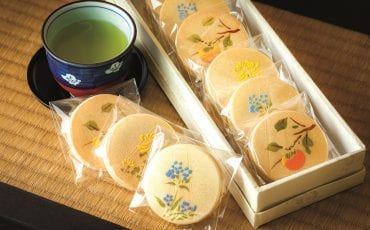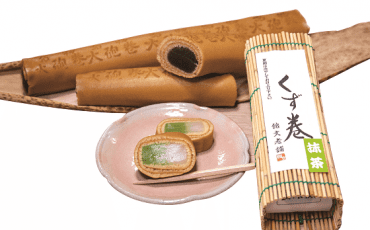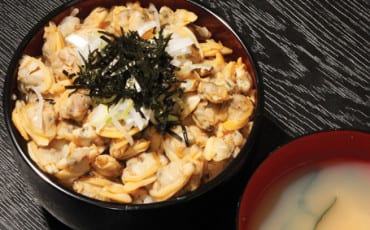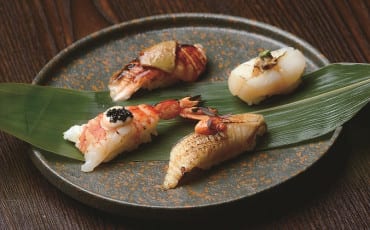- OISHII
- Articles
- Chefs Interview
- Teppanyaki Restaurants in Singapore
Articles
Chefs Interview
Oct 1, 2015
Teppanyaki Restaurants in Singapore
Authentic teppanyaki cooking is more than fancy theatrics; three chefs show us what it takes to be the true masters of the teppan.
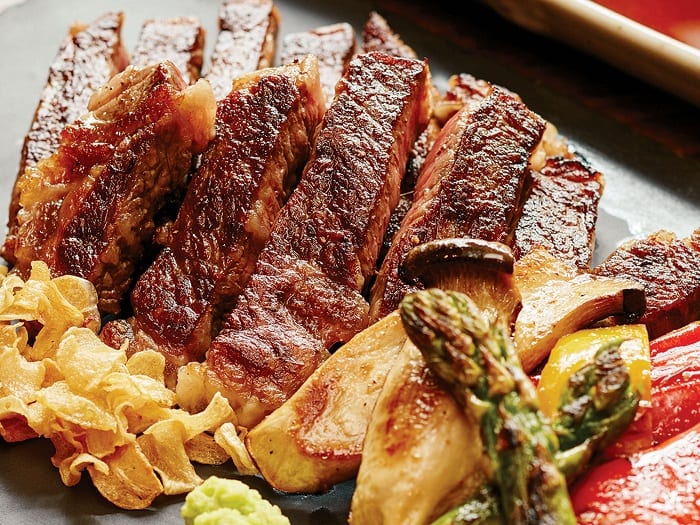
There is no denying that Singaporeans love Japanese cuisine, and this includes teppanyaki. For the uninitiated, the word “teppanyaki” is the combination of two words – teppan (iron plate) and yaki (grilled, broiled, or pan-fried). When you sit before a teppanyaki counter, chances are, you would be treated to the chef’s fanciful pairing of cooking and entertainment. From mad slicing skills and flying cutleries to pyrotechnic displays, teppanyaki chefs seem to have an arsenal of tricks akin to that of flair bartending. But did you know this dramatic style of teppanyaki cooking was introduced only in 1945, and that it was popularised by foreigners, not the Japanese?
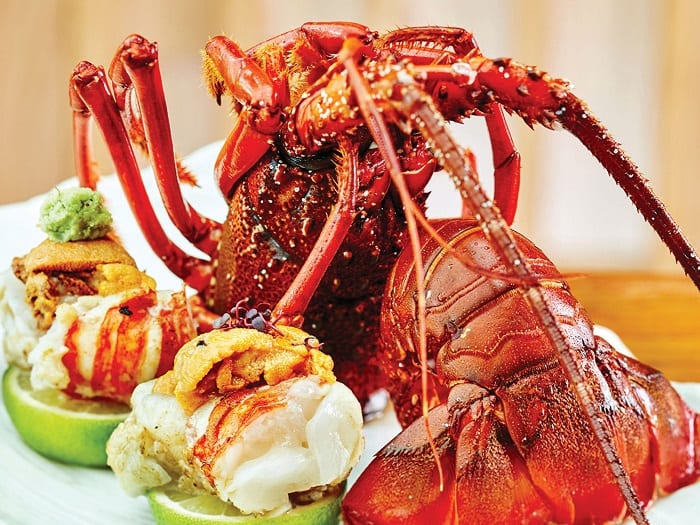
The real McCoy really has none of the theatrics. Most traditional teppanyaki chefs would refuse to pander to such trends and, instead, focus on grilling each dish to sizzling perfection. The origins of authentic teppanyaki cooking are still unknown, though some believe it harks back to the mid-19th century when families would gather in their homes and cook on small grills.
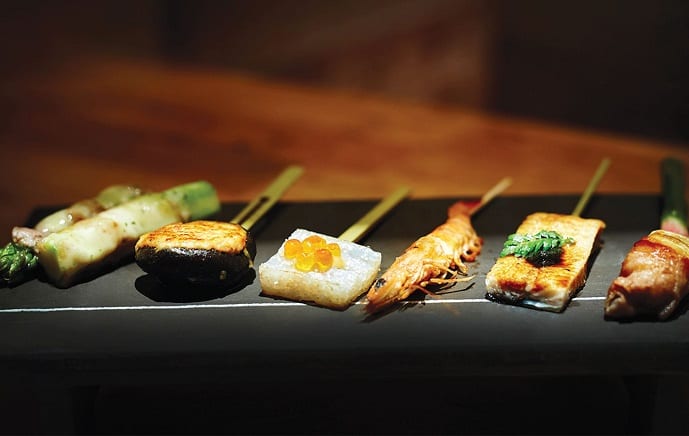
At these three teppanyaki counters, what you can expect to see are chefs who are wholly dedicated to getting the art of authentic teppanyaki cooking down pat – no juggling required.
Takashi Motomatsu
Executive Chef, Teppan Kaiseki Satsuki
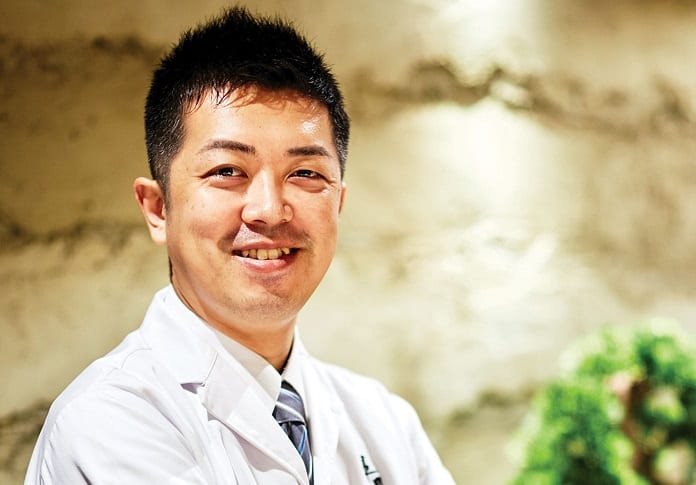
In the short span of seven years since Chef Takashi Motomatsu moved from Kumamoto Prefecture in Japan to Singapore in 2008, he’s headed some of the country’s most critically acclaimed fine-dining establishments, including the now closed Shibaken French Cuisine at The Gallery Hotel and Magosaburo Japanese Wagyu Dining at ION Orchard. This year, Chef Motomatsu finally has a restaurant – and a highly unique one – to call his own: Teppan Kaiseki Satsuki.
What makes this restaurant the first of its kind in Singapore?
When you think of teppanyaki, a big portion of steak, shellfish, and fried rice would typically come to mind. But I wanted to do something different, which is why I decided to introduce a brand new concept to Singapore – kaiseki-style teppanyaki. Essentially, kaiseki is a traditional multi-course Japanese meal that uses only fresh seasonal ingredients and is served in small portions. Teppan Kaiseki refers to the combination of the cooking method (teppan) as well as the meal style (kaiseki). Even in Japan, such a concept isn’t very common. At Satsuki, you can choose from three different sets, each comprising approximately 11 dishes that we create depending on the ingredients available.
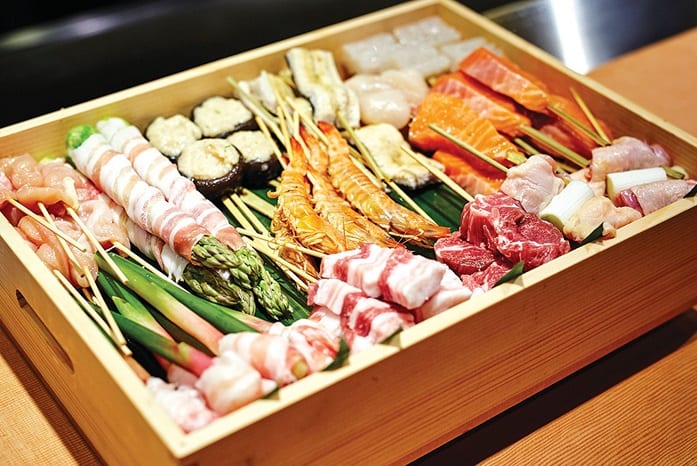
Is kushiyaki (skewered grilled meat and vegetables) commonly served as the main dish at teppanyaki joints?
No, not at all. In fact, you wouldn’t be able to find kushiyaki in a traditional kaiseki meal either. This is the second unique feature about Satsuki. The kushiyaki we are all familiar with is cooked on charcoal grill, but here, we use the teppan. Certain meats like chicken taste better when charcoal-grilled as it adds a distinctive smoky aroma to the food. When prepared using the teppan, you wouldn’t get that smoky flavour; instead, we use sauces – we have more than 30 types of homemade sauces here – to help enhance the flavours of our dishes. We serve between 15 and 20 different types of skewers, depending on the season and availability. Most of our ingredients are imported from Japan about four times a week – for instance, konjac from Hiroshima, young ginger from Tokyo, sea urchin from Hokkaido, abalone from Kyushu, etc.
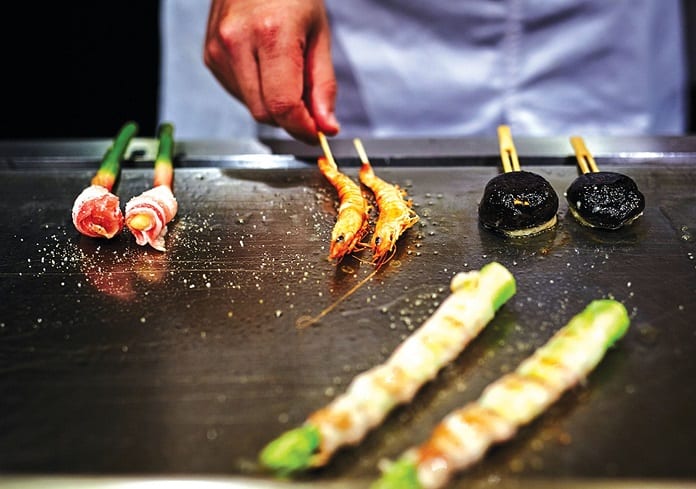
We noticed a bit of French influence in your menu, like the crepe and foie gras. What is it about Japanese and French cuisines that make them go so well together?
French and Japanese cuisines have totally different styles and methods of cooking. Japanese cuisine focuses on the freshness of the ingredients, while classic French cuisine relies heavily on sauces. I suppose that is why the combination of these two makes a dish complete, to some extent.
Teppan Kaiseki Satsuki
59 Duxton Road, Singapore 089523
Tel: 6221 5234
Kenji Okumura
Executive Chef, Takumi Tokyo
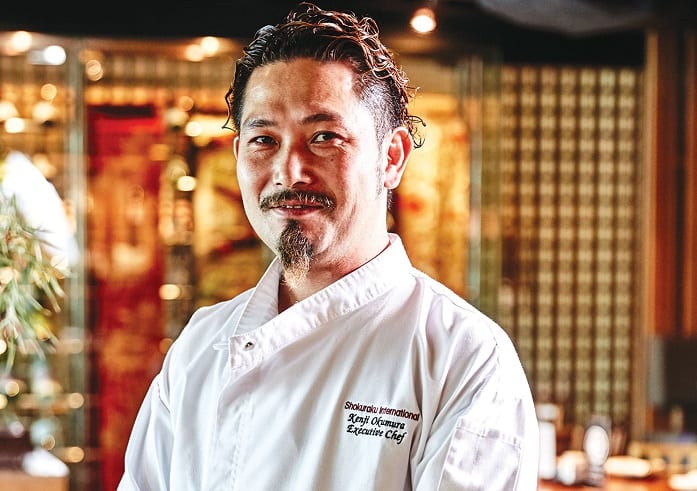
Hailing from Nagoya, the capital of Aichi Prefecture and home to a smorgasbord of unique culinary specialities, it’s only natural that Chef Kenji Okumura has a high expectation of the ingredients he works with. He brings this passion, along with his wealth of culinary experience, to Takumi Tokyo, a three-in-one establishment that offers sushi, robatayaki and teppanyaki.
What’s the one thing that sets the teppanyaki counter at Takumi Tokyo apart those of other restaurants?
Without a doubt, the fact that we are the only restaurant in Singapore to serve the coveted Ise ebi (Japanese spiny lobster), a special breed of lobsters found exclusively in Ise Bay, Mie Prefecture. What makes the Ise ebi unique is that it is offered to the nearby Ise Shrine as part of the Shinto rites, and that it is available in very limited quantities.
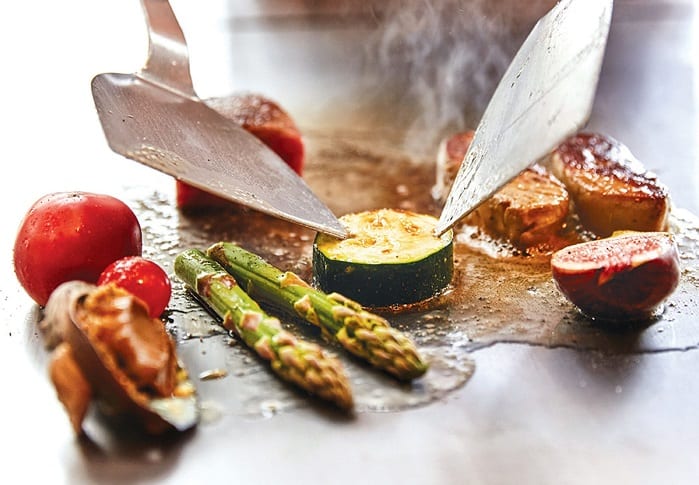
What makes a good teppanyaki dish?
Timing is everything. Exactly how long we should cook an ingredient on the teppan, when to flip it over, or how long to leave it to cool … every detail counts. Even the moment the dish is transferred from the teppan to when it enters the customer’s mouth has to be calculated, which is why it’s always better for customers to eat at the counter. Of course the ingredients are crucial, too. At Takumi Tokyo, we take immense pride in our ingredients: we use only the freshest from around the world, particularly Japan.
What’s your take on teppanyaki chefs who perform for their customers?
We don’t do any of the theatrical entertainment here, unless there is a very special request for it. Takumi Tokyo has such a beautiful backdrop behind the teppanyaki counter, so I would prefer our customers to simply relax, enjoy the scenery, and indulge in our food.
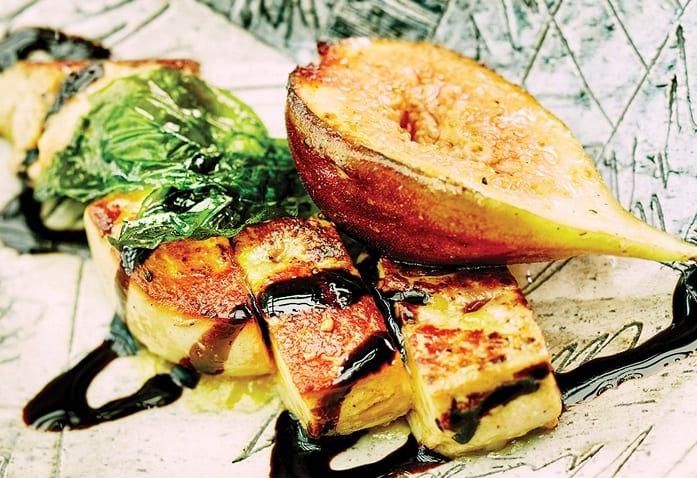
Do you have any advice for aspiring teppanyaki chefs?
Unlike sushi-making, you do not need long training to master the art of teppanyaki cooking. However, you do need to enjoy talking to customers. It is through conversations with our customers that we learn what they like, after which we create a dish that best suits their taste and preferences. In many ways, being a teppanyaki chef is about spontaneity – you have to be flexible and versatile in your skills.
Takumi Tokyo
#02-01 Marina at Keppel Bay, 2 Keppel Bay Vista, Singapore 098382
Tel: 6271 7414
Tommy Yeo Bee Chong
Chef, Kobe Beef Teppanyaki Yoshida
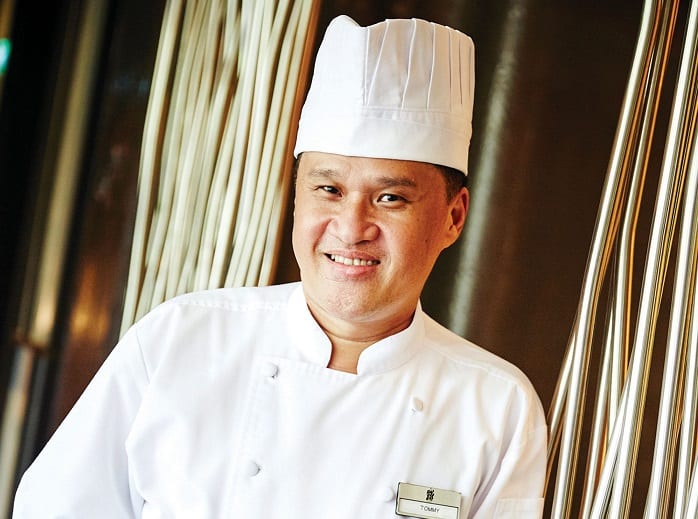
With more than 30 years of experience as a teppanyaki chef, Chef Tommy Yeo is certainly an authority when it comes to all-things teppan. The jovial chef recently joined the newly opened Yoshida at Takashimaya, famed for being one of the only three restaurants (at press time) to have obtained the license to serve Kobe beef in Singapore.
Why are there just three restaurants serving Kobe beef?
Among the various breeds of wagyu, Kobe beef from the Hyogo Prefecture is considered the most premium. Due to its limited quantity, the Kobe Beef Marketing and Distribution Promotion Association is extremely strict when it comes to Kobe beef exports. In fact, prior to 2012, Kobe beef was not exported out of Japan! We are very proud to be one of the only three restaurants in Singapore to have obtained the prestigious license, as this proves that the association understands Yoshida’s concept. Nearly 90 percent of our ingredients are from Japan; we want to keep the type of cuisine we serve as authentic as possible.
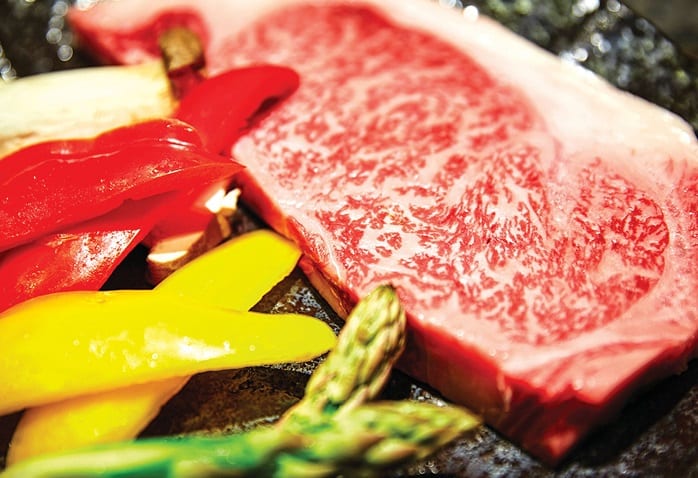
How do you prepare Kobe beef at Yoshida?
As with other teppanyaki dishes we serve at Yoshida, we try not to use too much sauces. Usually, we would recommend just adding a dash of moshio – Japanese seaweed salt – to go with the Kobe beef.
What is the most popular request you’ve received from customers at Yoshida since it opened?
Customers love our soup. Most teppanyaki joints serve miso soup as part of the course, but we serve a type of beef soup, which takes more than six hours to prepare. Another popular request is our garlic rice. The garlic we use is specially imported from Tokyo; you will be able to smell the aroma of it before you even enter Yoshida!
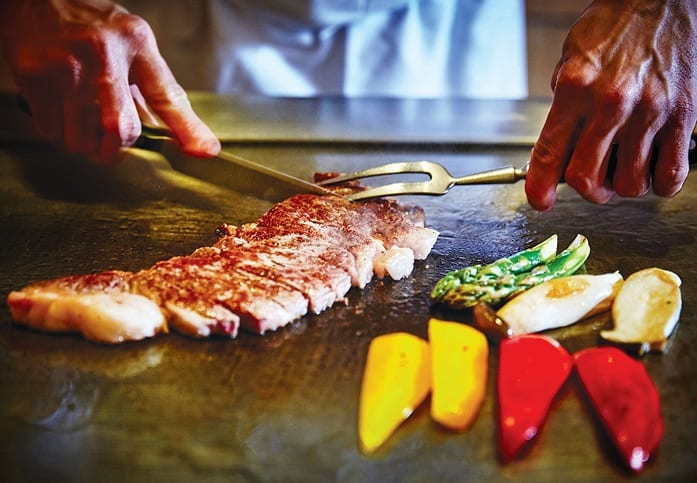
Yoshida
GINZA KUROSON, #03-10 Ngee Ann City, 391 Orchard Road, Singapore 238872
Tel: 6235 3785
TEXT: TAN LILI
PHOTOGRAPHY: RAYMOND TOH/VINEYARD PRODUCTION





